In recent years, the integration of artificial intelligence (AI) into drone technology has revolutionized the field of surveillance. Drones equipped with AI capabilities are no longer just tools for aerial photography or recreational flying; they have evolved into sophisticated systems capable of real-time data analysis and decision-making. This transformation has opened up a myriad of applications across various sectors, including security, agriculture, disaster management, and environmental monitoring.
As the demand for enhanced surveillance solutions grows, AI-driven drones are becoming indispensable assets for both public and private entities. The convergence of AI and drone technology is a testament to the rapid advancements in machine learning algorithms and computer vision. These innovations enable drones to process vast amounts of data quickly and accurately, allowing them to identify patterns, detect anomalies, and make informed decisions autonomously.
As a result, organizations can leverage these capabilities to improve their surveillance operations, enhance situational awareness, and respond more effectively to emerging threats. The implications of this technology are profound, as it not only increases efficiency but also provides a level of precision that was previously unattainable. AI systems are revolutionizing industries, for more information visit AI systems.
Key Takeaways
- AI-driven drone surveillance combines artificial intelligence and drone technology to enhance security and safety measures.
- AI technology enhances drone surveillance by enabling real-time data analysis, object recognition, and autonomous decision-making.
- AI-driven drone surveillance can effectively monitor and prevent unauthorized activities such as trespassing, theft, and vandalism.
- AI-driven drone surveillance can also monitor and prevent hazards such as fires, natural disasters, and environmental pollution.
- Challenges and limitations of AI-driven drone surveillance include technical issues, regulatory constraints, and public concerns about privacy and ethics.
How AI Technology Enhances Drone Surveillance
AI technology enhances drone surveillance through several key mechanisms, primarily focusing on data processing, object recognition, and predictive analytics. One of the most significant advancements is in the realm of computer vision, which allows drones to interpret visual data from their cameras in real-time. By employing deep learning algorithms, drones can recognize and classify objects within their field of view, distinguishing between people, vehicles, animals, and other relevant entities.
Moreover, AI-driven drones can analyze historical data to identify trends and predict future events. For instance, by examining patterns in human behavior or environmental changes, these drones can anticipate potential security breaches or hazardous situations before they occur.
This proactive approach not only enhances the effectiveness of surveillance operations but also allows for timely interventions that can mitigate risks. The ability to combine real-time data with predictive analytics positions AI-driven drones as powerful tools for enhancing situational awareness and improving decision-making processes.
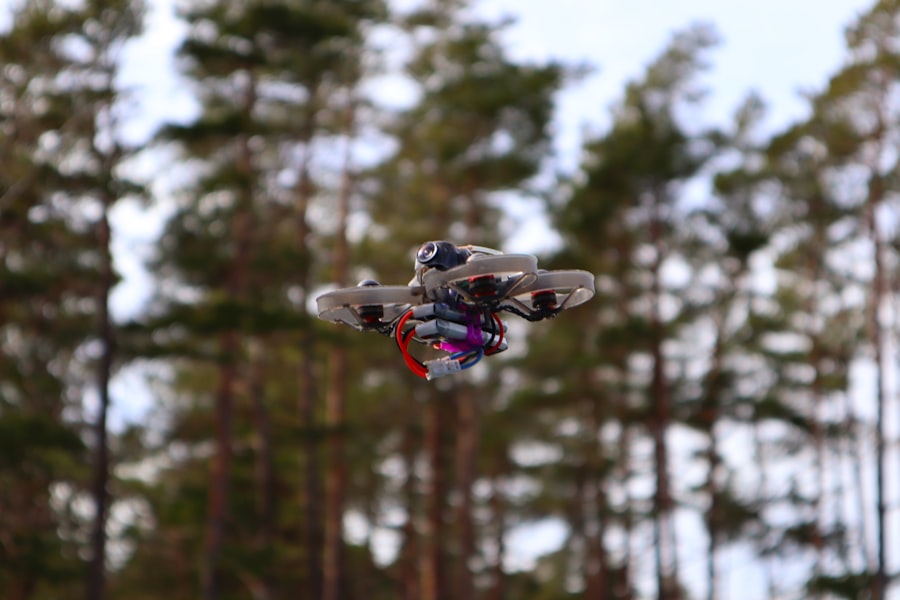
One of the most prominent applications of AI-driven drone surveillance is in the monitoring and prevention of unauthorized activities. Law enforcement agencies and security firms are increasingly deploying these advanced systems to patrol sensitive areas such as borders, critical infrastructure sites, and urban environments. Equipped with high-resolution cameras and AI algorithms, drones can detect suspicious behavior or unauthorized access in real-time, alerting operators to potential threats before they escalate.
The effectiveness of AI-driven drones in this context lies in their ability to cover vast areas quickly and efficiently. Traditional surveillance methods often rely on static cameras or human patrols, which can be limited in scope and responsiveness. In contrast, drones can be deployed rapidly to investigate incidents or monitor high-risk locations continuously.
By integrating AI technology into their operations, security personnel can enhance their situational awareness and respond more effectively to unauthorized activities, ultimately deterring criminal behavior and enhancing public safety.
Monitoring and Prevention of Hazards with AI-driven Drone Surveillance
Beyond security applications, AI-driven drone surveillance plays a crucial role in monitoring and preventing hazards in various environments. For instance, in industrial settings, drones equipped with thermal imaging cameras can detect heat anomalies in machinery or infrastructure, signaling potential malfunctions or safety risks. By identifying these issues early on, organizations can take preventive measures to avoid costly downtime or accidents.
In addition to industrial applications, AI-driven drones are increasingly utilized in environmental monitoring. They can assess natural disasters such as wildfires or floods by analyzing changes in landscape patterns or vegetation health. By leveraging AI algorithms to process this data, drones can provide real-time insights that inform emergency response efforts and help mitigate the impact of such hazards on communities.
This proactive approach not only enhances safety but also contributes to more effective resource allocation during crisis situations.
Challenges and Limitations of AI-driven Drone Surveillance
Despite the numerous advantages offered by AI-driven drone surveillance, several challenges and limitations must be addressed to fully realize its potential. One significant concern is the reliability of AI algorithms in diverse environments. While machine learning models can be trained on extensive datasets, they may struggle to perform accurately in unfamiliar conditions or when faced with unexpected variables.
This limitation raises questions about the dependability of AI-driven systems in critical situations where human lives may be at stake.
As drone technology continues to advance rapidly, governments are grappling with how to establish appropriate regulations that ensure safety while fostering innovation.
Issues such as airspace management, privacy concerns, and liability in case of accidents must be carefully considered. Striking a balance between enabling the use of AI-driven drones for surveillance purposes and protecting individual rights will be essential for the technology’s widespread adoption.
Ethical and Privacy Considerations in AI-driven Drone Surveillance
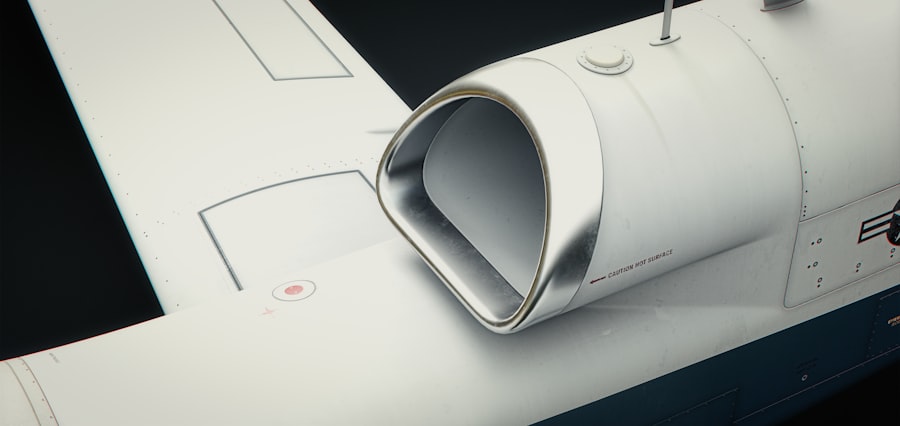
The deployment of AI-driven drone surveillance raises important ethical and privacy considerations that cannot be overlooked. As these systems become more prevalent in public spaces, concerns about mass surveillance and the potential for abuse arise. The ability of drones to capture high-resolution images and video footage raises questions about individual privacy rights and the extent to which citizens should be monitored without their consent.
To address these concerns, it is crucial for organizations deploying AI-driven drones to establish clear guidelines and ethical frameworks governing their use. Transparency in operations, data handling practices, and accountability measures will be essential in building public trust. Engaging with communities and stakeholders to discuss the implications of drone surveillance can help foster a collaborative approach that respects individual rights while enhancing security measures.
Future Developments and Applications of AI-driven Drone Surveillance
Looking ahead, the future of AI-driven drone surveillance is poised for significant advancements as technology continues to evolve. One promising area is the integration of 5G connectivity, which will enable drones to transmit data at unprecedented speeds and facilitate real-time collaboration among multiple units. This enhanced connectivity will allow for more sophisticated applications such as swarm technology, where multiple drones work together autonomously to cover larger areas or respond to complex scenarios.
Additionally, advancements in AI algorithms will likely lead to improved accuracy in object recognition and anomaly detection. As machine learning models become more refined through continuous training on diverse datasets, drones will be better equipped to operate effectively in various environments. The potential applications for AI-driven drone surveillance are vast, ranging from urban planning and traffic management to wildlife conservation and disaster response.
The Role of AI-driven Drone Surveillance in Enhancing Security and Safety
In conclusion, AI-driven drone surveillance represents a transformative leap forward in how we approach security and safety challenges across various sectors. By harnessing the power of artificial intelligence, these advanced systems enhance situational awareness, improve response times, and enable proactive measures against unauthorized activities and hazards. While challenges related to reliability, regulation, ethics, and privacy remain significant hurdles to overcome, the potential benefits are undeniable.
As we continue to explore the capabilities of AI-driven drone surveillance technology, it is essential to strike a balance between innovation and responsibility. By fostering open dialogue among stakeholders and establishing ethical guidelines for deployment, we can harness the full potential of this technology while safeguarding individual rights. Ultimately, AI-driven drone surveillance will play a pivotal role in shaping a safer future for communities around the world.
AI-driven Drone Surveillance: Monitoring and Prevention of Unauthorized Activities or Hazards is a crucial topic in today’s world. In a related article from Metaversum, the challenges of integrating the metaverse with the real world are discussed. This article sheds light on how the hybrid reality created by the metaverse can impact various industries, including surveillance and security. It emphasizes the importance of addressing these challenges to ensure the effective implementation of technologies like AI-driven drone surveillance for monitoring and preventing unauthorized activities or hazards.
FAQs
What is AI-driven drone surveillance?
AI-driven drone surveillance refers to the use of unmanned aerial vehicles (UAVs) equipped with artificial intelligence (AI) technology to monitor and prevent unauthorized activities or hazards in a given area. The AI technology enables the drones to autonomously analyze and respond to potential threats or risks.
How does AI-driven drone surveillance work?
AI-driven drone surveillance works by using AI algorithms to process data collected by the drones, such as video footage or sensor readings. The AI technology can identify patterns, anomalies, or specific objects of interest, and then trigger appropriate responses, such as alerting security personnel or taking preventive actions.
What are the benefits of AI-driven drone surveillance?
The benefits of AI-driven drone surveillance include enhanced monitoring capabilities, rapid response to potential threats, cost-effective surveillance, and the ability to cover large or remote areas. Additionally, AI-driven drone surveillance can reduce the need for human intervention in monitoring and security operations.
What are some applications of AI-driven drone surveillance?
AI-driven drone surveillance can be used for various applications, including border security, infrastructure monitoring, disaster response, wildlife conservation, and event security. It can also be employed for industrial facilities, critical infrastructure, and public safety purposes.
What are the challenges of AI-driven drone surveillance?
Challenges of AI-driven drone surveillance include privacy concerns, regulatory restrictions, limitations in AI technology, and potential misuse of surveillance capabilities. Additionally, environmental factors, such as weather conditions, can impact the effectiveness of drone surveillance.
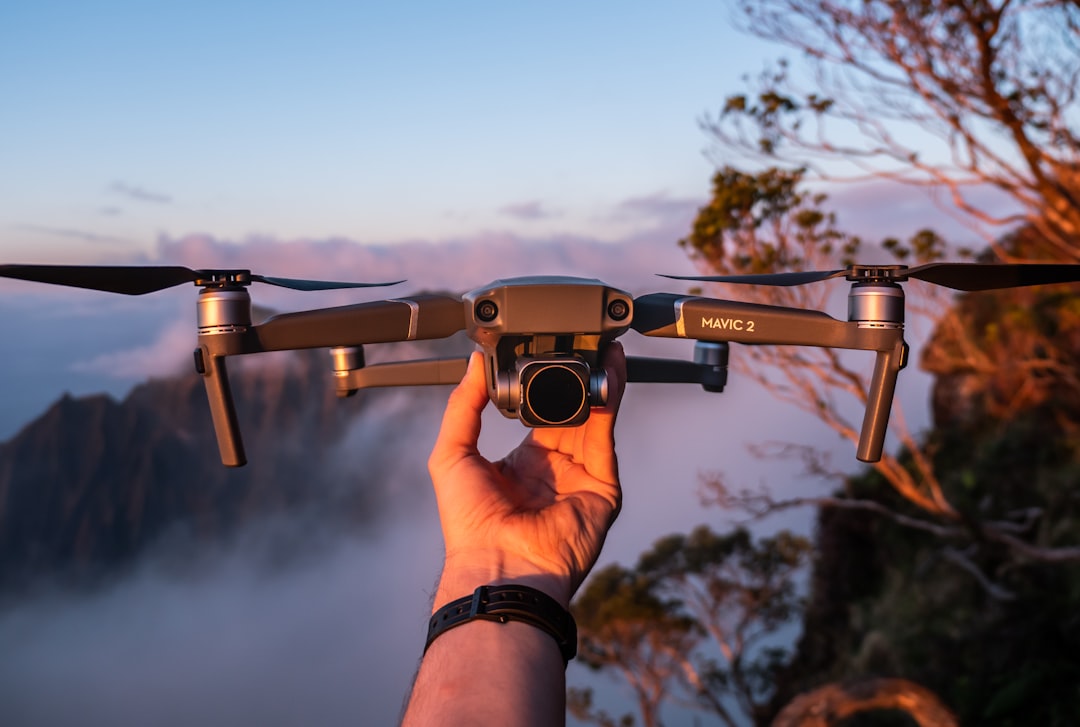

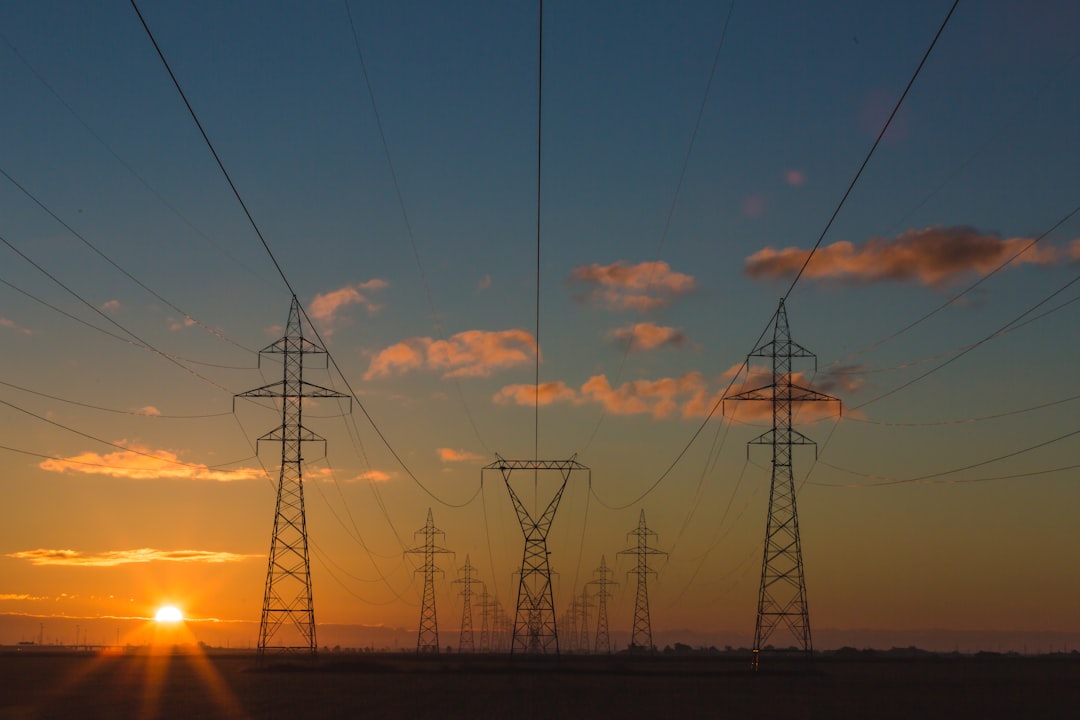

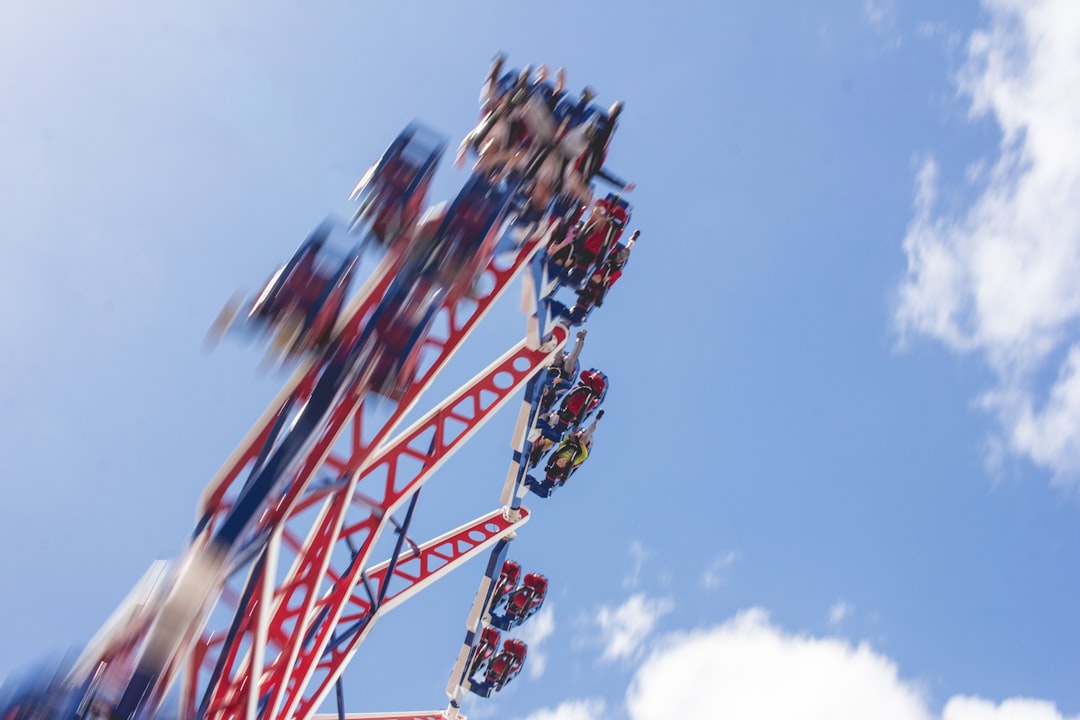





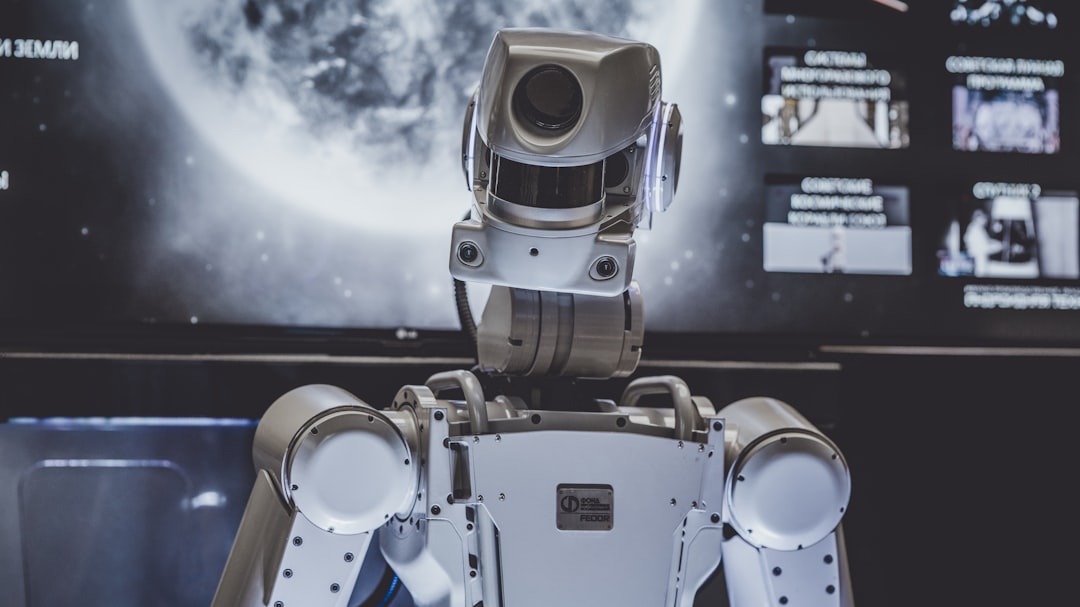
Leave a Reply